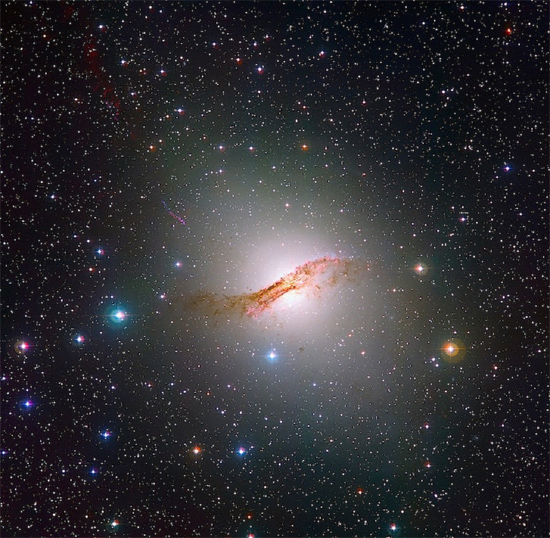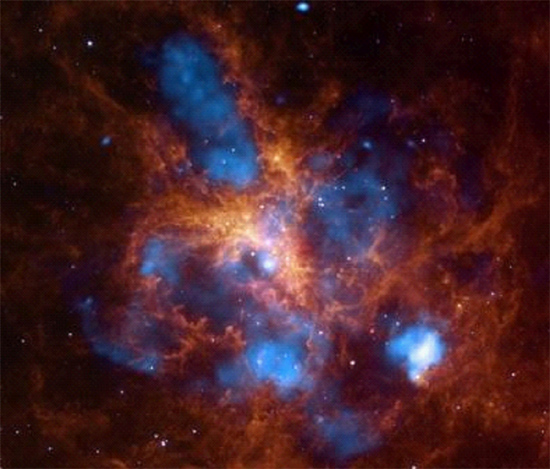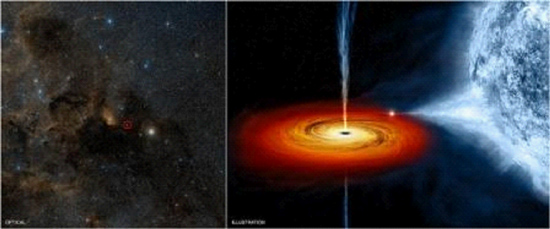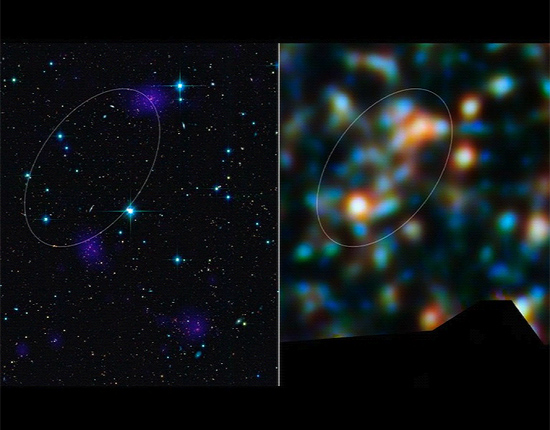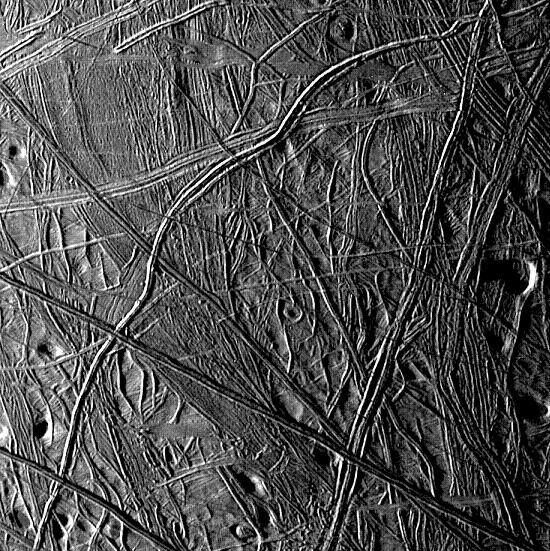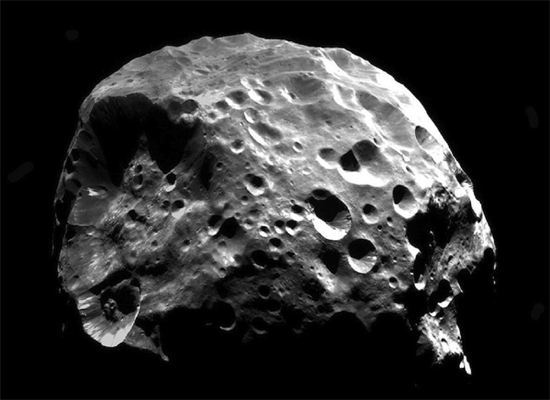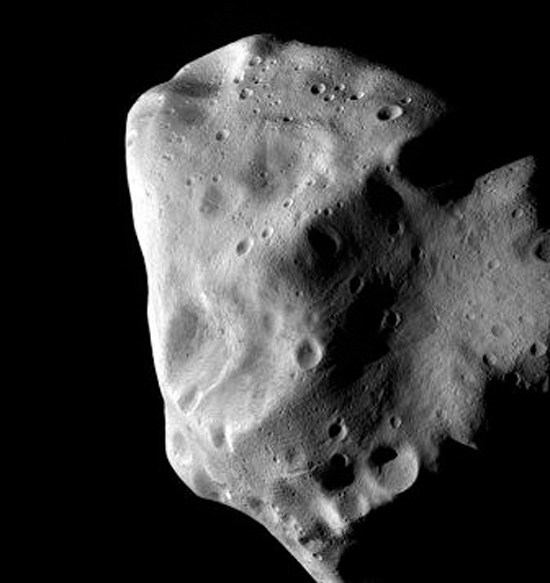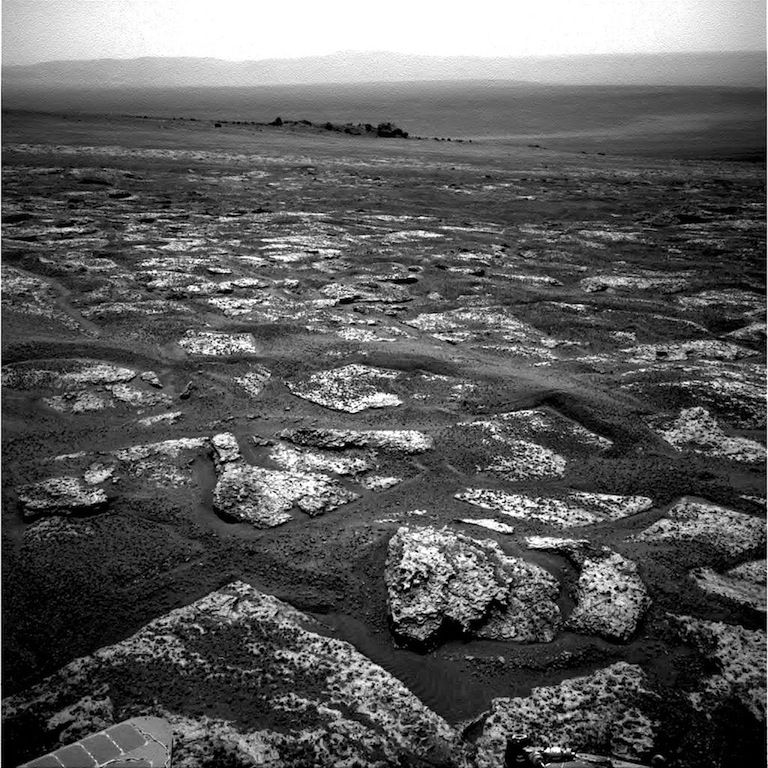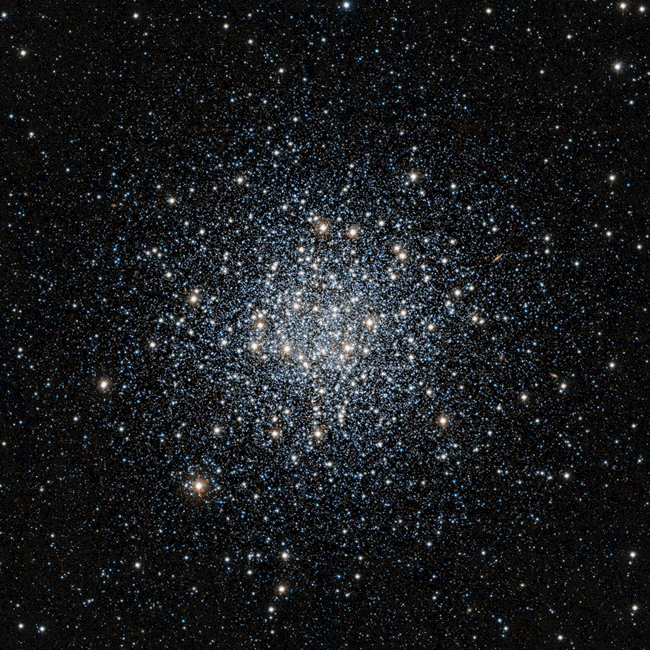Zero Mass Particles
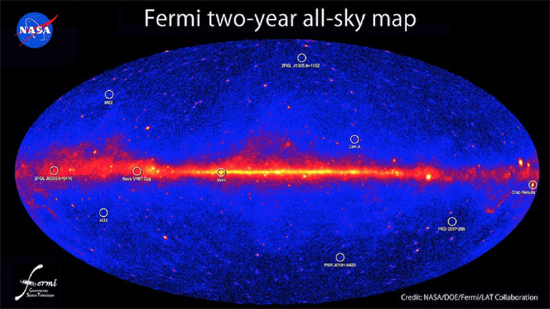
May 24, 2012 Gamma-rays are said to be particles with no mass, yet possessed of extreme momentum. According to a recent press release, the Fermi Gamma-ray Space Telescope has detected several unidentified sources of intense gamma-ray emissions that are not seen in any other frequencies. NASA launched the telescope (formerly known…






